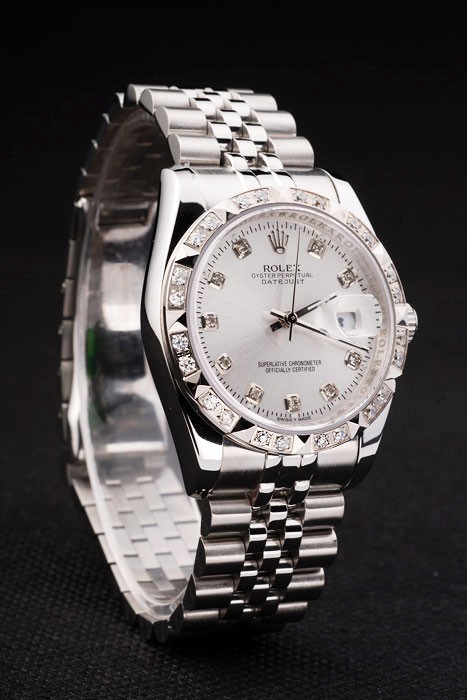Rolex
Vintage Explorer 1016 Ultimate Reference Guide
The Rolex 1016 Explorer is a favorite reference among vintage Rolex replica watch collectors, featuring only simple time functions in a sturdy stainless steel case. Without the flashy attitude of some other Rolex sports watches, the Explorer 1016 may have been positioned as a mountain climbing watch, but today it is also a great everyday Rolex watch.
Rolex launched the ref. 6610 in the late 1950s Released in the late 1950s, the ref. 6610 introduced a new 1030 movement to the Explorer line. It was much slimmer than the previous Explorer movement, allowing the case to feature a flatter caseback. This marked the end of the Bubbleback era for the Explorer. However, it did not stay in production for long as Rolex quickly improved its watchmaking techniques.
For a vintage watch that has been in production as long as the Explorer 1016, it is not unusual for it to have other variations on the name. At the same time, this beloved Rolex vintage watch manages to cling to the Explorer blueprint that made the collection so legendary. Let’s take a closer look at the features of Reference 1016 and its many variations.
When the Rolex Explorer 1016 debuted, it retained the steel construction and similar dial design of previous models. It featured the same steel case as the Datejust ref. 1603, measuring 36 mm. Of course, it also received some upgrades to make it more suitable for mountaineering, such as a thicker acrylic crystal and a special lubricant to protect the fake watch at lower temperatures. It also has greater water resistance to 100 meters/330 feet, twice that of its predecessor ref. 6610. 6610.
Ref. 1016 does not have a crown protector and is flanked by slender lugs. The crown has Rolex’s signature underlined crown, indicating that it uses the Twinlock water-resistance system with two rubber gaskets. Protecting the face of the Explorer 1016 is a vintage-style domed acrylic crystal. However, in today’s market, it is common to find replacement service acrylic crystals that are flat rather than domed.
For the most part, the Explorer 1016 retains the iconic dial layout with oversized 3/6/9 Arabic numerals juxtaposed with stick hour markers and an inverted triangle at 12 o’clock. The dial is what sets the Explorer apart from other Rolex watches. Even today’s Explorer replica watches have essentially the same dial design. Since this particular watch was marketed as a companion to the Rolex Explorer, Rolex had to make sure the dial was highly readable – that’s where the oversized numerals and wide Mercedes-style hands come in.
Like all Rolex watches made in the same era, the Explorer 1016 uses first radium and then tritium to illuminate. You can tell the difference between these dials because the radium element dials are engraved with “SWISS” at the bottom, while those decorated with tritium are marked with the distinction “T-SWISS-T” or “SWISS T<25”. In addition, there are two different types of hands throughout the production process, flat and curved. 1016 also has two different types of hands, either flat or curved.



Hot Sale Replica Watches
Rolex-submariner
Rolex Replica Watch Submariner 40mm Black Dial Stainless Steel 16610
Rolex-submariner
Rolex Replica Watch Submariner 18K White Gold Blue Dial Ceramic Bezel 116619LB
Rolex Sea-Dweller
Rolex Replica Watch Seadweller 43mm Yellow Gold Steel 126603
Rolex President
Rolex Replica Watch President Crown Collection Yellow Gold Diamond Ladies 179298
Rolex GMT-Master
Rolex Replica Watch GMT Master II Black Blue Batman Steel 126710 BLNR
Rolex GMT-Master
Rolex Replica Watch GMT Master II 18K White Gold Pepsi Bezel 116719
Rolex Daytona
Rolex Replica Watch Daytona Yellow Gold Champagne Dial 116508
Rolex Daytona
Rolex Replica Watch Cosmograph Daytona Steel Yellow Gold 116503